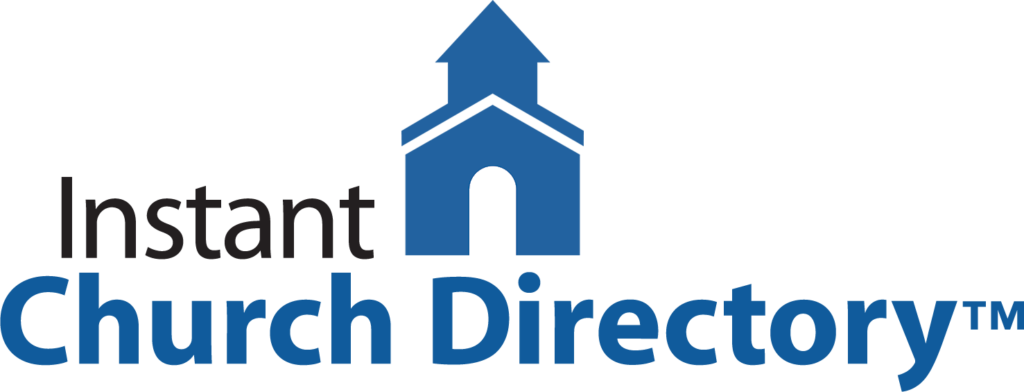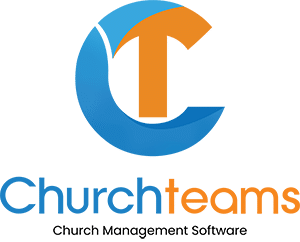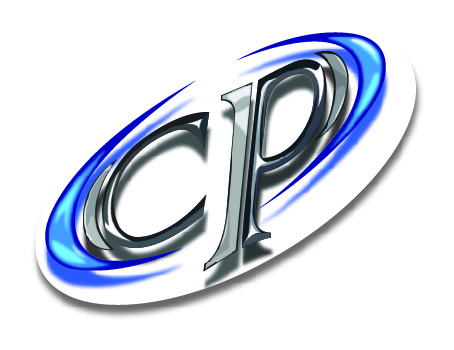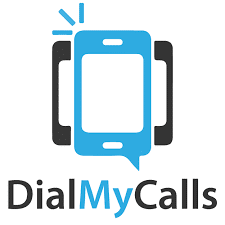By Maureen Wygant
There are so many church office tasks that continue to be performed the same way because, “we’ve always done it that way.” We need to look at this and see how our lives could be easier and our tasks less daunting by using better tools. Businesses do this all the time, and perhaps it’s time for your church to take a look at things. First, let’s investigate the “now.”
What’s Your Situation?
How many paid employees does your church have? Have many “regular” volunteers help out? (We couldn’t do it without them!)
Church office functions are usually divided into five categories:
- Communication – bulletins, newsletters, emails, etc.
- Scheduling/Calendar
- People information management and reporting
- Money coming in – donation tracking and reporting
- Money going out – bill paying and reporting
At your church, are these tasks separated and done by different people or are some of them combined?
How do you manage these tasks and to whom are these folks accountable?
Are they using the best tools available to accomplish the tasks in the most efficient way?
Are you constantly training new people to take over and how are they trained?
The answers to these questions often depend upon the church size. In very small churches, all of these tasks might be covered by volunteers – one person to handle the first three, someone else to do jobs 4 and 5.
To have the same person do handle the money in and the money out is never a good idea for security reasons. But, you may have one person registering the donations and another paying the bills.
In large churches, you may have a large staff of employees and many people performing each task or breaking it down even further.
Overall, having a good church management software program in the church is step one to making life easier. Make sure you have a choice – a local desktop single computer or network or a web version.
The web version is especially applicable if you have a combination of paid employees and volunteers. That way, people can access the program from home, their office, or even Starbucks. This wipes out the need to backup and restore from off-site computers and risk deleting someone else’s work. There is also the possibility if you are using a desktop version to use a program like “GoToMyPc” remotely to connect with the church’s computer and again protect your data.
Let’s take a look at each of these categories.
1. Communication
Since I personally am involved in the church software business, I will only touch lightly on this point. The church office administrator obviously needs a good word processing or publishing program to produce good bulletins. At many churches, people still expect to be handed a bulletin when they walk in.
However, many have done away with them, relying on projected information to both follow the service and to get news and information. Some project the service but print the “news.” Some only print large print bulletins for those who are sight-impaired. The same is true of the newsletter. If your church still produces a newsletter, consider emailing them all or giving the people a choice as to how they wish to receive it. A good church software program will allow you to track those preferences and automatically send it out properly.
A good church management program will provide an excellent way to communicate with people via email. In your software, bring up the members of a group or committee and email them the agenda or the reports for the upcoming meeting. This saves a ton of meeting time. Or, send the reports and hold your meeting as an online chat with attached reports or minutes. It’s much easier to get people to serve on a committee if they don’t have to commit to coming to many meetings.
2. Scheduling/Calendar
That old paper calendar just may not be the best way anymore. With a good Scheduler Program, you can not only schedule events but also rooms, equipment, leaders, participants and more. Connect to the membership module of your software and assign the people without having to re-enter them. Track your volunteers and how many more you need for certain events. Avoid double booking. There’s nothing worse than having a group show up for something and your equipment or room is already being used by someone else.
3. People Information Management and Reporting
Most people are aware that good software can help you track the usual kinds of things – names, addresses, cell numbers, emails, birthdays, anniversaries, baptisms, confirmations, and more. But what about other things, such as automatic alternate addresses for seasonal members, automatic addresses for college students and nursing home residents, pictures, non-traditional family groupings, visits, and notices of important events (anniversary of the death of a spouse being one). Assist the pastoral staff in tracking visits by person, reason, follow-up dates and comments. All of these things can be multi-leveled password protected to ensure confidentiality. Use your software to quickly contact any combinations of groups of peoples for email or mailing purposes.
Track and report on attendance at worship or communion or Sunday School or Committee either by the individual or by head count and track attendance trends in multiple formats. A typical request is to find people who have attended regularly and suddenly haven’t been in church. These are the people who may need to be ministered to. Let the software help you know who they are instead of suddenly thinking, “Gee, I haven’t seen Bob in quite a while.”
4. Money Coming In – Donation Tracking and Reporting
Security and confidentiality in this area is critical. In any good program, multi-level passwords and a history of data changes log is important. Most churches have a team of tellers to count the cash and then one or two to do the data entry. It is important to not leave papers lying around the offices that contain names and giving amounts. Confidentiality is so important for your members.
Having the ability to track giving to any individual or family in your membership database plus add additional “non-people” groups, like loose offering and coffee hour donations is essential to tracking church monies. A good software program should also let you be flexible in this respect and allow you to enter both monetary and in-kind gifts easily, either with or without envelope numbers.
Pledging churches can track annual or multi-year pledges and provide comparisons to pledges, even across years. Don’t get stuck having to do multiple reports for one total. You should never have to hand write or even print and mail year-end or quarterly giving statements. Let you congregants choose how they want to receive their statements and be assured that they follow all of the government guidelines. (Canada, too!)
5. Money Going Out – Accounting and Payroll with Top-notch Reporting
In this area, some churches are still either paying bills by hand or using a personal or business accounting program. The thing is, when people give money to church they often tell the church what to do with it and those wishes must be followed. That is what a good fund accounting program is so important. It keeps all those “pots of money” separate and reports on them both separately and together. Each Fund has its own income and expense accounts in the chart of accounts and the fund balance is updated automatically with transactions.
That way, you can know at any moment how much is in the general fund, the building fund, the mission fund, etc. And all this can happen with the money being stored in just one bank account or many. This makes is easy for a novice who just happened to volunteer to be treasurer to confidently pay the bills for the church.
By using a church payroll program, those transactions can also flow smoothly into the accounting program. A good church payroll program can give you ease-of-mind in knowing that the unique tax ramifications for pastors are built-in. W-2s, 1099s, 941s and other critical reports are easy to access and produce.
Reporting for your governing body can include fund activity, budget comparisons, and many more in customizable layouts.
If you church is still back in the 20th century, it may be time to see what available to you to make life easier. Make sure when choosing software that you have many avenues of training available – especially online classes and recorded topic-specific training.
Maureen Wygant is director of training for Church Windows, www.churchwindows.com.















